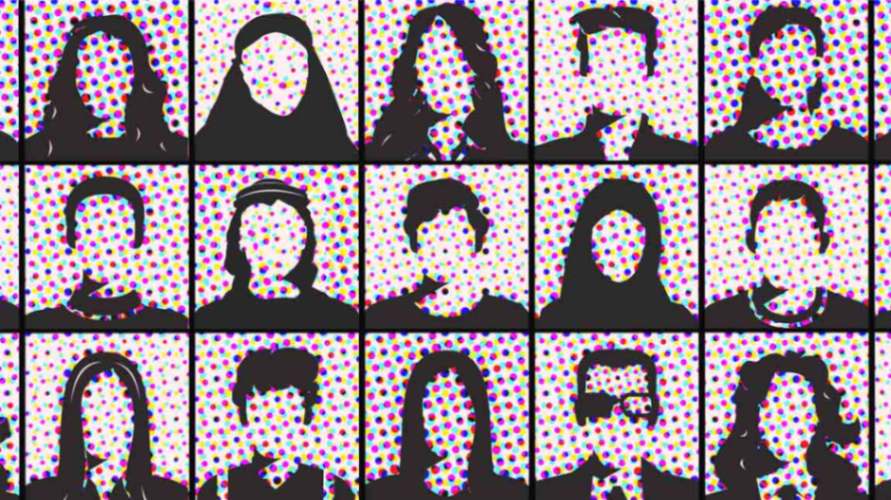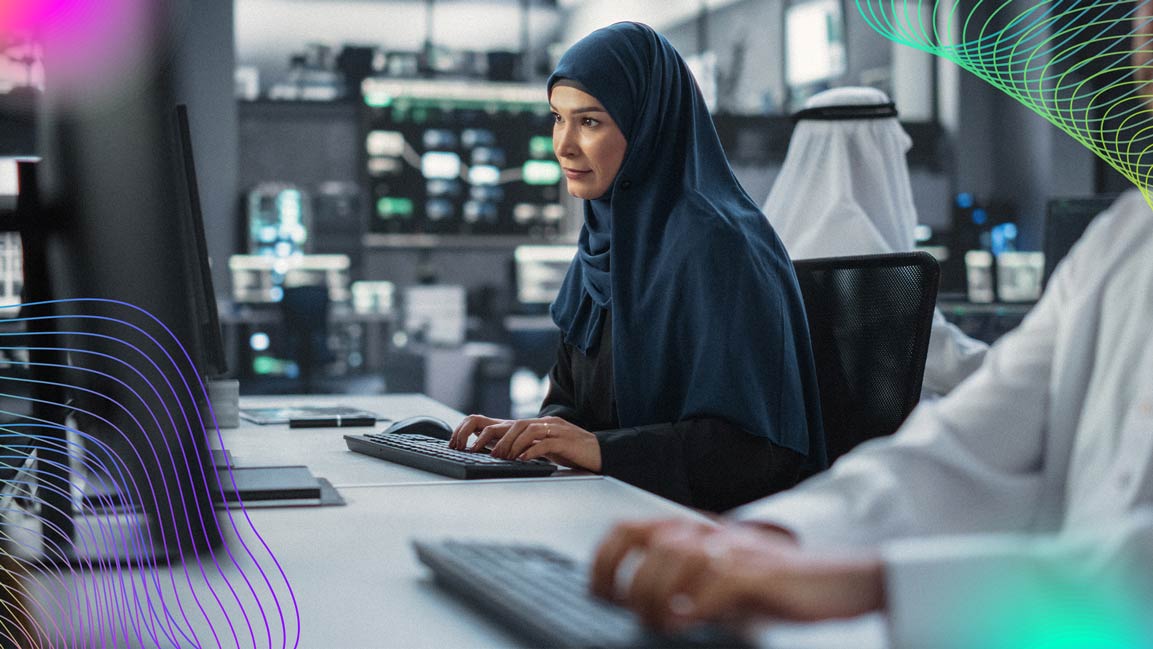- | 9:00 am
Why the VP of Microsoft Teams says meetings are bankrupting our time and energy
The number of meetings Microsoft Teams users attend each week has jumped 3X in the last three years.

Imagine missing all the meetings on your calendar while still staying on top of the most intricate nuances of each conversation. What was the sentiment during a presentation? Were there any unresolved issues or unanswered questions? And what are the next steps?
Imagine if you could have all of the answers to these questions without having to spend hours scrolling through transcripts or watching meeting recordings.
That’s the promise of next-generation AI, which is poised to completely reimagine the way we experience meetings. With powerful AI copilots, meetings will no longer be a point in time, but a digital artifact that you can simply ask for what you need—during the meeting, or after it’s wrapped. Think of it as on-demand Q&A that helps unlock deeper insights, learnings, and creative ideas in a fraction of the time.
I have worked at Microsoft for 20 years and I am the vice president of Microsoft Teams. I’m admittedly optimistic about the potential of AI. While I believe in the need to be incredibly thoughtful about its impact, I also believe AI will be a powerful tool in keeping inefficient meetings from bankrupting our time and energy.
The data paints a clear picture: With an incessant inflow of emails, meetings, and notifications, our work environment has evolved beyond our ability to keep up with it.
In fact, the number of meetings Microsoft Teams users attend each week has jumped 3X in the last three years and more than 60% of employees in our survey say they struggle with having enough time and energy to get their work done.
Inefficient meetings are the number one productivity disruptor, with most employees finding it difficult to brainstorm, catch up if they join late, or know what the next steps are. Moreover, productivity trends in Microsoft 365 show people spend nearly 60% of their time communicating—managing emails, chats, and meetings—leaving only 40% of their time to create.
The key problem at the heart of information overload is relevance, and the data shows people are ready for AI to help. More than 70% tell us they are ready to delegate as much work as possible to AI, from finding the right information and answers they need, to summarizing their meetings and action items, and planning their day.
And when we asked employees and managers to envision how work could change by 2030, they want their days to be filled with meaningful creative work that fuels their energy, rather than being bogged down by unnecessary information that drains them.
With the shift to AI already underway, that future will arrive in months, not years. Next-generation AI copilots will work alongside people, help them unleash their creativity, and improve productivity. We’ve been testing these new AI-powered experiences at Microsoft along with our customers, and here are just a few examples of how AI is already changing the way we think about meetings.
From managing our calendars to creating meeting agendas and pre-briefing documents, AI can take care of a lot of routine tasks so we can focus on the strategy and structure of the upcoming conversations. For example, our chief scientist, Jaime Teevan, makes the process of preparing for a meeting a little bit more joyful by taking pre-read documents and summarizing them as poems. She said she did it once or twice as a gimmick, but then realized she actually processed the information better.
Personally, I often turn to AI when I am getting ready for a meeting with a customer. It can remind me of decisions and unresolved questions from previous conversations. Using natural language, I can ask my Teams meeting Copilot questions like, “What actions did I have after my last customer meeting?” and it will summarize unresolved questions and action items so I can better serve my customer and keep the momentum going.
DURING AND AFTER MEETINGS
We’ve grown accustomed to AI helping us look and sound our best in meetings thanks to intelligent features that reduce background noise or improve video quality. The next generation of AI tools go way beyond that. During meetings, I can easily catch up if I join late without interrupting the conversation, probe on specific topics and even get a pulse of the overall mood in the meeting with private prompts to my copilot. Next, I get intelligent recaps of my meetings with key takeaways that are most useful to me. I know exactly when my name was mentioned and how to prioritize my time based on the AI-generated notes and action items. This empowers me to attend meetings that matter the most, while saving my proverbial seat in the meetings I choose to skip.
In a world where creativity has become the new productivity, meeting overload and inefficient meetings are draining our time and energy, posing a threat to innovation and business outcomes. We are witnessing incredible times. What was projected in the next 10 years is happening today as we are entering a new era of exponential innovation. AI promises not to simply “fix” work but help us define a whole new way of working, paving the way for what will likely be an energizing, more fulfilling workplace for everyone.







































